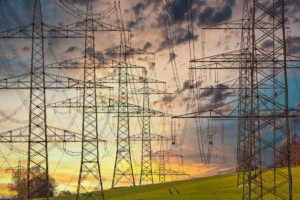 The Public Utility Commission on Jan. 19 adopted the proposed Performance Credit Mechanism (PCM) electric market design option that had initially been proposed in November 2022. Following the adoption, the PUC deferred implementation of the PCM until Texas lawmakers had a chance to review and provide feedback during the current Legislative Session, which convened Jan. 10 and ends May 29. In addition to adoption of the PCM, the Commission directed the Electric Reliability Council of Texas (ERCOT) to develop bridging options to retain existing power plants and build new generation resources until the PCM can be fully implemented. ERCOT connects more than 46,500 miles of transmission lines and more than 650 power generation facilities, providing electricity to approximately 26 million customers.
The Public Utility Commission on Jan. 19 adopted the proposed Performance Credit Mechanism (PCM) electric market design option that had initially been proposed in November 2022. Following the adoption, the PUC deferred implementation of the PCM until Texas lawmakers had a chance to review and provide feedback during the current Legislative Session, which convened Jan. 10 and ends May 29. In addition to adoption of the PCM, the Commission directed the Electric Reliability Council of Texas (ERCOT) to develop bridging options to retain existing power plants and build new generation resources until the PCM can be fully implemented. ERCOT connects more than 46,500 miles of transmission lines and more than 650 power generation facilities, providing electricity to approximately 26 million customers.
The PCM was developed after the Commission was tasked to find a plan to change the state’s deregulated power market by Texas lawmakers under Senate Bill 3 following Winter Storm Uri in 2021. After 18 months of meeting with stakeholders and reviewing designs, the PCM was proposed.
The PCM allows energy companies the ability to produce and provide backup power when the supply runs low due to high demand and usage; if a power plant becomes disabled; or if energy provided by renewable energy sources are running low due to lack of sun and wind currents. The PCM model would require electricity retailers – energy companies, municipal utilities and co-ops that sale power to homes and businesses – to purchase credits from power generators that essentially guarantee both will have sufficient power to meet periods of high demand on the grid.
Those who support the PCM plan say that the credits will give companies generating power through gas, coal, nuclear, batteries, hydrogen or any other energy source a reason to build new, needed power generation facilities to meet demand in a growing state.
